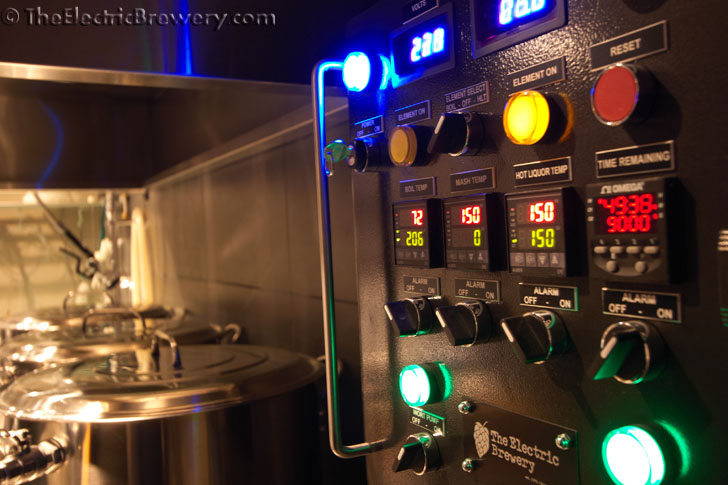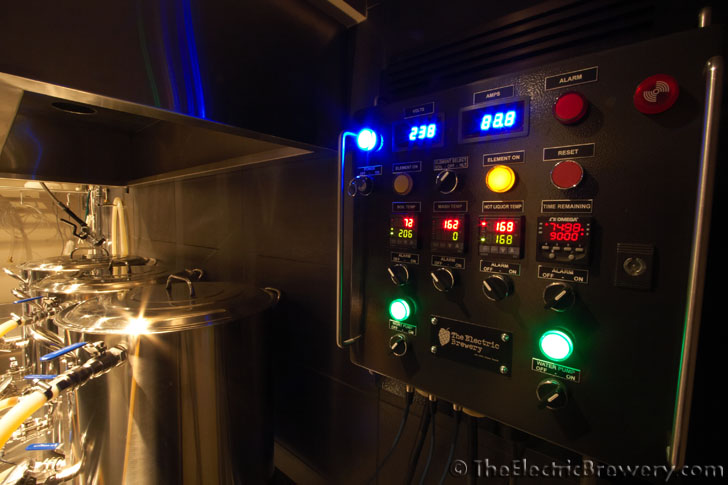kpr121
Well-Known Member
Good point but i don't see this helping the chances of overshooting possible sparge temps. Too bad the second PID couldn't over ride the first and shut off the element before it over shoots the temp.
Set first PID in HLT to your desired mash out temp. Second PID is reading your mash temps and when they drop it turns on and recirculates through the herms. Problem here is you'd want the temp probe buried in the center of your mash so it didn't shut off immediately as the hot wort flows through the coil.









